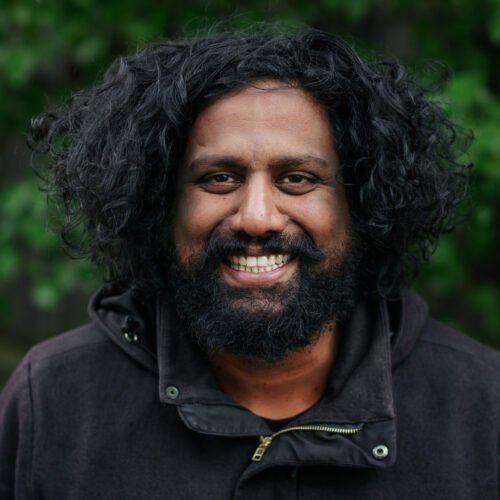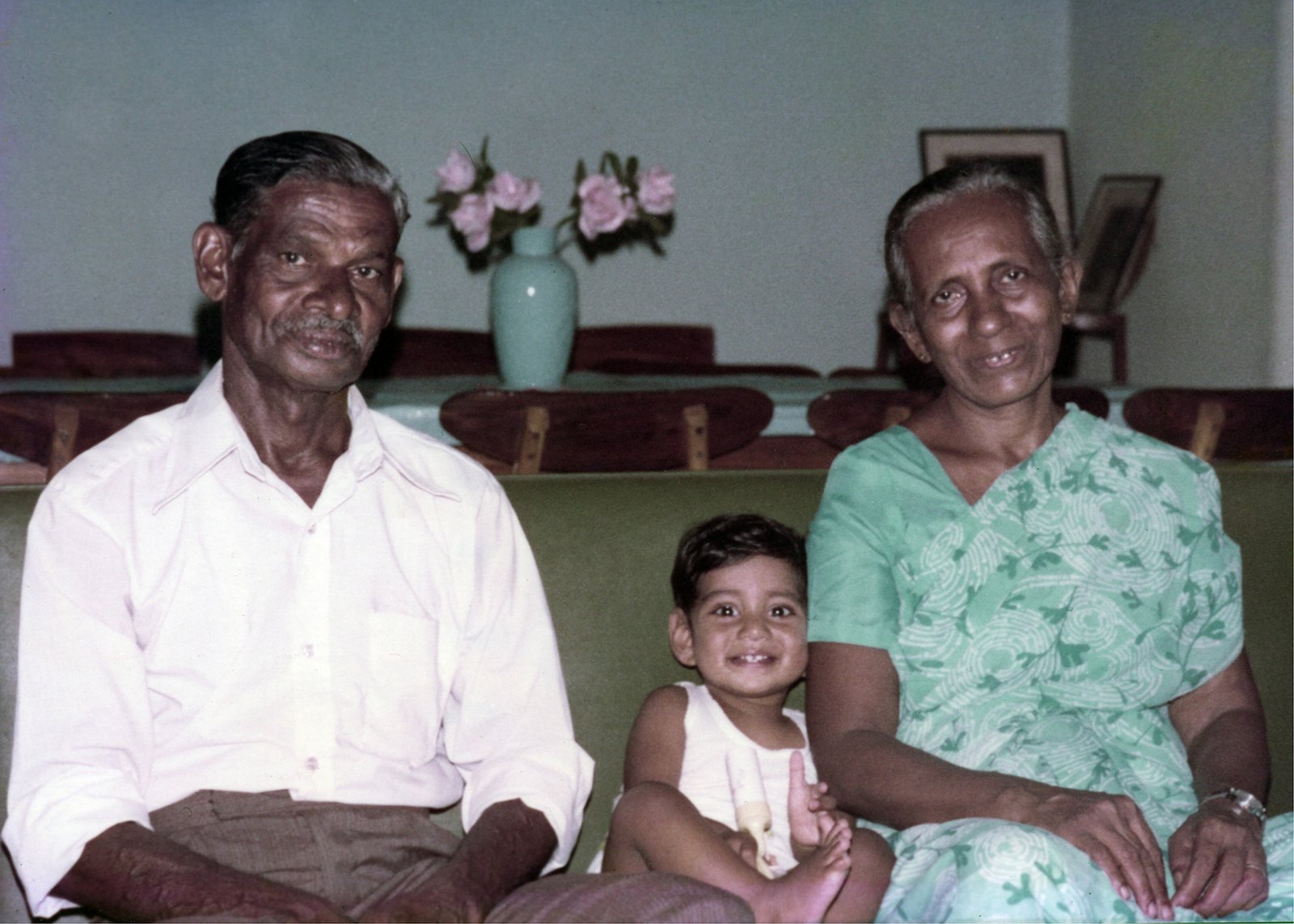Macedon Ranges and Melbourne Photographer of Awesome Stuff, ethical photography advocate, recovering scientist, ex-kids bookshop owner and part time high-school teacher. Specialising honest, heartfelt photography that captures whatever it is you love with warmth and authenticity. Based in Kyneton, 1 hour north of Melbourne, Australia & found all around the world.

THE LONG VERSION
I remember March 17, 2012 – the first day I sat at my desk as a full-time photographer. Our warehouse apartment in inner-north Melbourne was the coolest place I’d ever lived: concrete walls, polished timber floors, exposed piping overhead, and beautiful, diffuse light streaming through five-metre-high windows. I had a coffee from the café 30 metres down the road and I was buzzing with optimism. I was doing what I loved. I was free. I was finally a photographer.
Just a few months earlier, I’d applied for a job at a medical research facility and, for the first time in my life, I didn’t get it. I was unemployed and unsure. Kristen, my partner, reassured me that we’d be okay. For years I’d been drawn to photography, pouring so much of myself into it. But making it a career felt too risky. I didn’t think I had the technical ability, and even less so the personal confidence. I’d spent the previous 13 years in science – the only thing I’d ever felt like I was good at. My self-doubt ran deep, and rejection from that job stung but in hindsight, it was the best thing that ever happened to me. With no other options, I had no choice but to finally back myself.

My journey to that moment started long before 2012. I was born in Australia but grew up in Sri Lanka, returning here when I was seven. Things weren’t easy. I was teased and treated differently for the colour of my skin, my accent, and the way I spoke. In a school filled with white kids, I was called “Vegemite” during recess and laughed at when I mixed up my V’s and W’s. Two girls in my Year 3 class refused to hold my hands during bush dancing, while happily holding everyone else’s. At the time I didn’t understand why – only that it hurt. I wanted nothing more than to be accepted, to blend in, to not be different. In my 20s, I came to understand what I had been seeking all along: a sense of pride in myself, my skin, and my culture. The scars of childhood exclusion took years to heal.
In my first six months as a photographer, I booked over 30 weddings. My fears faded. Within a few years, I was photographing over 40 weddings annually, spending months overseas each year shooting in places like Sweden, France, Canada, Greece, Scotland and the Netherlands just to name a few. I spoke at events, wrote a monthly column about running an ethical photography business for a UK photography magazine, and had my work featured across international blogs and publications. I was more successful than I ever imagined – and yet, I was unhappy.
The wedding industry started to feel eerily familiar. It was recreating the same harm I’d experienced as a child – only now I was on the inside, watching it happen. I saw how it made people feel like they weren’t “enough” – not attractive enough, not stylish enough, not worthy enough of being featured. Wedding blogs and magazines often ignored people who looked like me or had weddings that didn’t fit the prevailing aesthetic. I couldn’t bear the thought of making anyone feel the way I had felt as a child: excluded, not good enough, invisible.
I wanted my work to be a force for good and I wanted to have a positive impact on peoples’ lives, leaving a lasting legacy of kindness. My business plan had always been simple:
1. Be kind to people
2. Take awesome photographs
3. Be happy
I felt like I had nailed the first two. The third was slipping away.
So I changed direction. I stopped submitting to blogs and magazines – even when they asked. I lowered my prices because I wanted to stay accessible to people who understood me and shared my values. I stopped promoting myself through the wedding machine and relied instead on the kindness of my couples – people I had photographed who shared my work and kind words through Instagram, Facebook, and emails to their friends. It was real. It was human. It felt right.
It was also terrifying. My website traffic dropped by 60% and my enquiries fell from 200 to 50 a year. But those who did reach out were much more likely to book – they got me. They were my people. And many became lifelong friends. I no longer worked for exposure or influence. I worked for connection.
Of course, it was hard. Some days I felt invisible – like I had gone from being “somebody” to “nobody.” But I had something I hadn’t had before: peace. I was living a life that felt real. My version of success was no longer tied to popularity, reach, or prestige – it was about integrity, alignment, and care.
I’ve always believed in the power of stories, connection, and helping people see themselves the way I see them: as whole, complex, beautiful humans – already enough, exactly as they are. In an industry that so often upholds narrow standards of beauty, style, and worth, I’ve tried to use my lens to challenge that. I hated the way so many couples are made to feel like their love isn’t photogenic enough, fashionable enough, or marketable enough – as if their joy only holds value when it can be used to elevate a photographer’s brand. Through my work, I’ve wanted people to feel seen and celebrated – not for how well they fit a mould, but for who they genuinely are. To reflect them back to themselves with honesty, warmth, and care.
And in the midst of this rebirth came the COVID-19.
Like many people, I was forced to pause and during the stillness of the pandemic, I began to ask myself what else I could offer the world – and what other spaces might need this kind of care. Teaching felt like a natural extension, especially because it had always been a love of mine from my days of being a scientist. It held the same conviction: that people are worth knowing, worth believing in, and capable of remarkable things when they’re seen for who they are. Photography allowed me to create joy through memories, teaching would allow me create joy through futures and possibilities.
Now, I live between these two two worlds. I’m still a photographer, telling authentic and truthful stories through images. And I’m also a high school teacher near our home in the Macedon Ranges – walking alongside young people as they figure out who they are and who they might become. I see my students the way I see the people I photograph: with hope, curiosity, and an understanding that their stories and experiences matter. I see the shape of their potential, unfolding and work with them with not an expectation of wanting them to change, but because I believe in all the possibilities they already carry within them.
And most days, I can say I’m happy. Not because I’ve “made it” in any conventional sense, but because I’ve stayed close to what matters – seeing people for exactly who they are, and walking with them, offering what I can when it is needed. I often think of the words which are often attributed to Maya Angelou: “People will forget what you said, people will forget what you did, but people will never forget how you made them feel.” Whether I’m behind a camera or in a classroom, this quote is the thread I try to hold onto – the hope that, in the time we have shared, that I might help people be made to feel seen, valued and reminded of their own possibility in a way that helps carry themselves a little more lightly and a little more boldly into the world.
